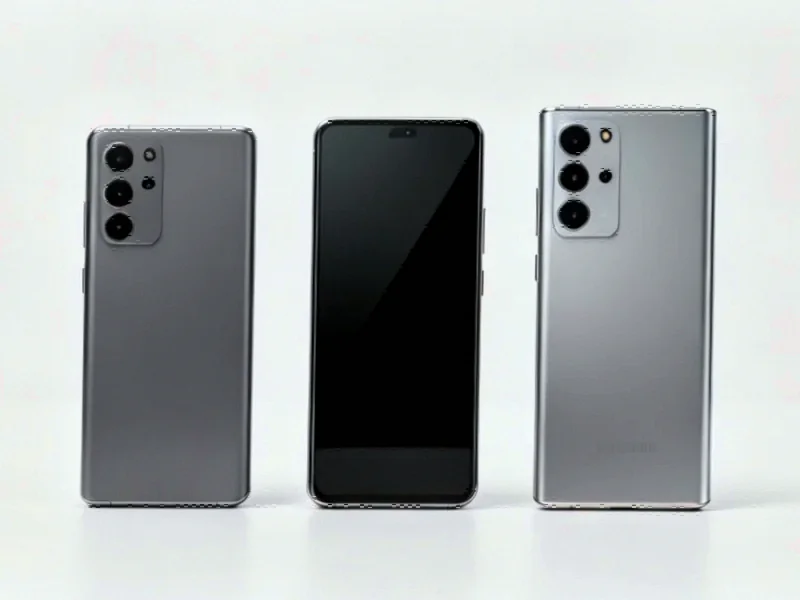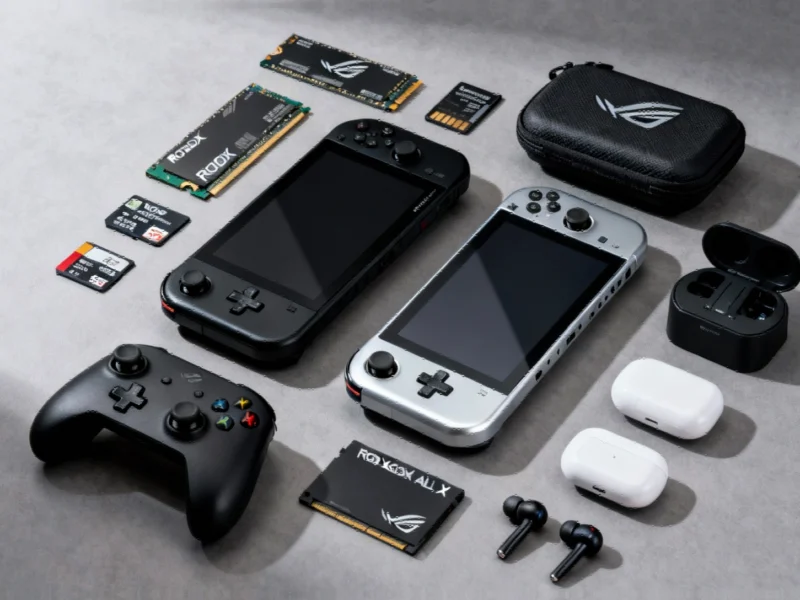The Whirlwind of Galaxy S26 Rumors
In the rapidly evolving smartphone landscape, Samsung’s upcoming Galaxy S26 series has become the centerpiece of intense speculation and contradictory leaks. Recent rumors have taken a dramatic turn, with insiders now claiming the previously anticipated Galaxy S26 Pro model doesn’t exist at all. Instead, the company appears to be sticking with its traditional naming convention: Galaxy S26, S26+, and S26 Ultra. This reversal highlights the challenges of product planning in today’s competitive mobile market and raises questions about Samsung’s strategic direction.
From Edge to Plus: The Shifting Product Lineup
The confusion extends beyond just the Pro model. For months, industry watchers speculated that Samsung would replace the S26+ with an Edge variant, potentially featuring more advanced display technology. However, recent developments suggest the exact opposite scenario – the Galaxy S26 Edge has reportedly been canceled due to disappointing sales of its predecessor, while the S26+ remains in active development. This back-and-forth reflects the delicate balance smartphone manufacturers must strike between innovation and market acceptance.
This pattern of conflicting information isn’t unique to Samsung’s situation. Across the technology sector, companies frequently adjust their strategies in response to market feedback and competitive pressures. Recent industry developments in premium market positioning demonstrate how even established players must continually refine their approaches to maintain relevance.
Interpreting the Signal Through the Noise
The sheer volume of contradictory leaks surrounding Samsung’s flagship lineup presents a fascinating case study in corporate communication and market speculation. Industry analysts are divided on whether these conflicting reports represent deliberate misinformation, genuine internal uncertainty, or simply the natural chaos of the rumor mill. The situation bears some resemblance to other sectors where market trends often trigger rapid strategic pivots among major players.
What makes the Samsung situation particularly intriguing is the timing. With smartphone innovation plateauing in certain areas, manufacturers are under increasing pressure to differentiate their products through both hardware improvements and strategic positioning. The ongoing related innovations in regulatory and financial technology sectors show how even adjacent industries face similar challenges in strategic planning.
The Bigger Picture: Samsung’s Strategic Crossroads
If the current rumors prove accurate, they paint a picture of a company grappling with fundamental questions about its product strategy. The apparent indecision regarding the S26 lineup suggests Samsung may be reevaluating its approach to market segmentation and feature differentiation. This uncertainty comes at a critical time, as the company faces intensified competition across all price segments.
The situation echoes challenges seen in other technology sectors, where companies must balance ambitious research projects with commercial realities. Similar to how recent technology initiatives sometimes encounter practical limitations, smartphone manufacturers must constantly assess whether cutting-edge features will resonate with consumers or become costly distractions.
Consumer Impact and Market Implications
For potential buyers, this cloud of uncertainty creates both frustration and opportunity. The lack of clear direction from Samsung makes purchase decisions more difficult, particularly for those considering current-generation devices versus waiting for the S26 series. However, it also suggests that the company may be taking extra time to refine its offerings, potentially resulting in a more polished final product.
The smartphone industry’s evolution continues to influence broader technological landscapes, including how companies approach premium positioning. Similar strategic considerations are evident in how market trends shape product development across different sectors, from financial services to consumer electronics.
Looking Ahead: What to Watch For
As the situation develops, several key indicators will help clarify Samsung’s actual direction:
- Supply chain leaks from component manufacturers
- Regulatory filings in key markets like South Korea and the United States
- Patent applications revealing new technologies or design approaches
- Executive statements during earnings calls and industry events
For those following this developing story, the latest comprehensive analysis provides valuable context for understanding how these rumors fit into Samsung’s broader mobile strategy. As with any pre-release speculation, consumers would be wise to treat all information with healthy skepticism until official announcements provide clarity.
The ultimate resolution of these conflicting reports will reveal much about Samsung’s confidence in its product roadmap and its reading of current market dynamics. Whatever the outcome, the Galaxy S26 development cycle has already provided fascinating insights into the complex interplay between corporate strategy, market expectations, and the rumor ecosystem that surrounds major product launches.
This article aggregates information from publicly available sources. All trademarks and copyrights belong to their respective owners.
Note: Featured image is for illustrative purposes only and does not represent any specific product, service, or entity mentioned in this article.



